A suspended chord is a chord that creates a subtle harmonic tension by adding an extra note that sounds like it wants to resolve back to the original chord. You can hear their use in most types of music. Usually, this extra note replaces the 3rd. As an example, an Esus chord resolves back to E. As a general rule you should always please the ear by resolving the suspended chord back to the original chord.
There are two types of suspended chords:
Suspended 2nd
The suspended 2nd is often labeled as “sus2”. The extra note in this chords is the 2nd (2nd step of the major scale).
Suspended 4th
The suspended 4th is labeled as “sus4” (or sometimes just “sus”). The extra note (you guessed it) is the 4th.
A suspended chord creates a little tension that makes it sound like it wants to resolve back to the regular chord? As an example, an Esus chord resolves back to E. As a general rule you should always please the ear by resolving the suspended chord back to the original chord.
How To Play Suspended Chords
Open Position Suspended Chords
You should practice the chords below by resolving them back to the original chord. For example, the Esus resolves back to E, the E7sus back to E7 and so on…
You’ll quickly catch on to their possibilities. They can add a lot of harmonic flavor to an otherwise boring chord progression.
You cannot suspend a minor chord in this fashion.
Esus
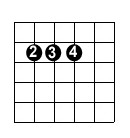

E7sus
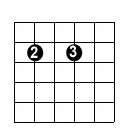

Asus
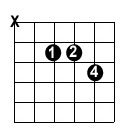
A7sus
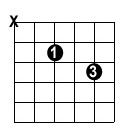
More Suspended Fourth Chords
Dsus
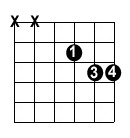
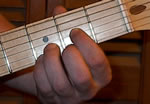
D7sus

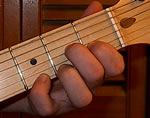
Csus

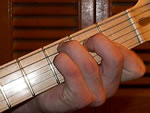
Gsus
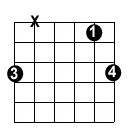
Barre Chords Suspended
E Style Barre Chord Suspended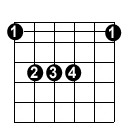 | A Style Barre Chord Suspended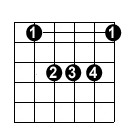 |